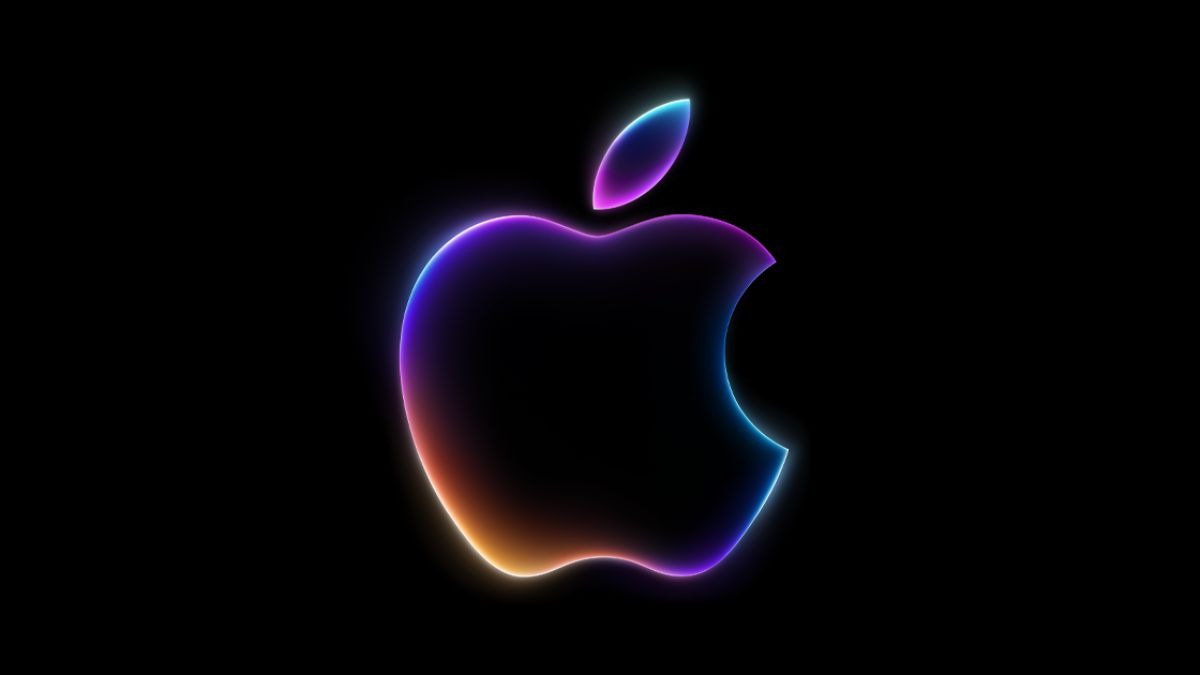
Advertisement
During its quarterly earnings call on Thursday, Apple’s increasing investment in artificial intelligence (AI) drew significant attention, though the company remains behind its Silicon Valley competitors in terms of spending.
Apple’s forthcoming AI system, Apple Intelligence, has generated considerable buzz, with analysts eager to understand its potential impact on future sales and hardware upgrades. However, CEO Tim Cook and CFO Luca Maestri were cautious, offering limited details on the rollout timeline and the integration of ChatGPT into Apple’s software through a partnership with OpenAI.
Cook acknowledged that Apple’s expenditures on AI are rising, stating, “Embedded in our results this quarter is an increase year over year in the amount we’re spending for AI and Apple Intelligence.” Apple’s capital expenditures for property, plant, and equipment totaled $2.15 billion in the June quarter, marking an 8% increase from the previous quarter and a 3% rise from the previous year. Not all of this spending is directed at AI; some is allocated to other operations.
In contrast, Apple’s AI spending is modest compared to its major tech peers. Microsoft reported $13.87 billion in capital expenditures for the June quarter, reflecting a 55% year-over-year increase. Alphabet’s capital spending jumped 91% to $13.19 billion, while Meta’s expenditures rose 31% to $8.3 billion.
Meta CEO Mark Zuckerberg has characterized this increased spending as a strategic necessity, emphasizing the risks of falling behind in AI advancements. “The downside of being behind is that you’re out of position for the most important technology for the next 10 to 15 years,” Zuckerberg said on a Bloomberg podcast last week.
Unlike Microsoft, Google, and Meta, Apple does not operate a cloud business that rents out infrastructure. Instead, Apple is investing in its own chips for phones and servers, which helps reduce reliance on third-party processors. The company has also adopted a hybrid approach to data centers, where some capital expenditures are managed by external partners, turning these costs into operating expenses for Apple.
Apple has been renting cheaper Google TPUs rather than Nvidia chips for training its AI models. The company recently released the first version of Apple Intelligence for developer testing, which includes features aimed at improving Siri, generating emails and images, and organizing notifications.
Apple’s quarterly earnings exceeded estimates, with sales rising 5% to $85.8 billion. Despite the strong performance, the stock saw a modest increase of less than 1% in extended trading.
